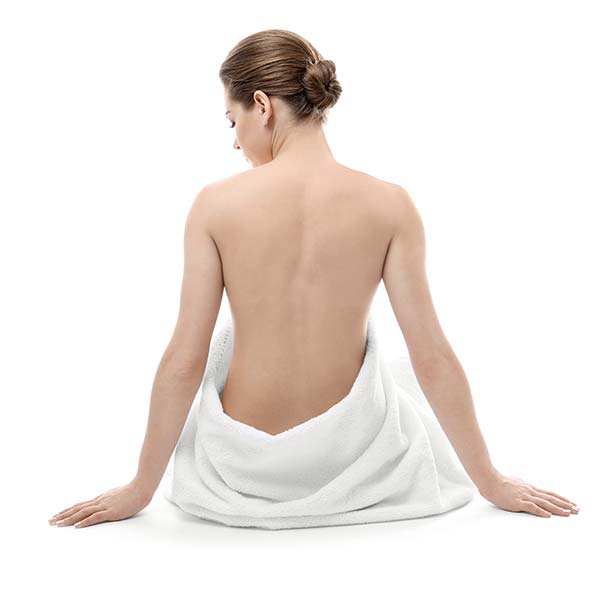What Is Cellulite
Cellulite involves fibrous connective cords that tie the skin to the underlying muscle, with the fat cells lying between. As fat cells enlarge, they force the skin to bulge. At the same time, the rigid cords keep the other areas of skin at the same level. Some cords shrink because of their fibrotic transformation caused by the chronic, low-grade inflammation. As a result, the fibrous cords pull the skin down and create an uneven surface or dimpling.
Risk Factors for Cellulite
The common areas of cellulite are the thighs, hips and buttocks. Cellulite starts after puberty and gets worse with aging, when the skin loses its firmness and elasticity. Genetics, sedentary lifestyle, weight gain, and water retention are common risk factors for cellulite.

Cellulite Induced Complications
Cellulite is not simply an aesthetic issue. It blocks blood and lymph circulation. As a result, the poor local circulation leads to the accumulation of toxins, reduction of oxygen and development of the chronic inflammation. If cellulite remains untreated, the tiny blood vessels obliterate, and local metabolism gets significantly reduced. The skin feels cold and has a bluish tone. A significant reduction of local metabolism makes cellulite zones very stubborn for fat release. Diet and physical exercises are ineffective for cellulite reduction.
The Formation of Cellulite includes
- Toxins Accumulation
- Enlarged Fat Cells
- Poor Local Circulation
- Fibrosis of Connecting Tissue
- Water Retention
The Pinch Test
This is a simple way to visually grade cellulite. Pinch the skin on your outer thigh between your index finger and your thumb and look for dimpling. You can also try other regions of the body such as arms, buttocks and abdomen.
Made with Visme Infographic Maker









